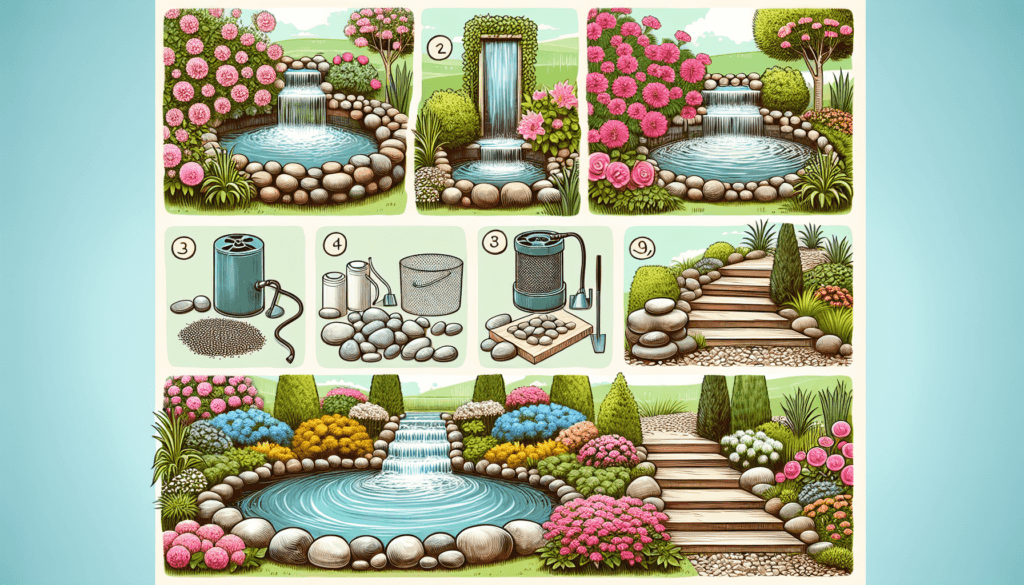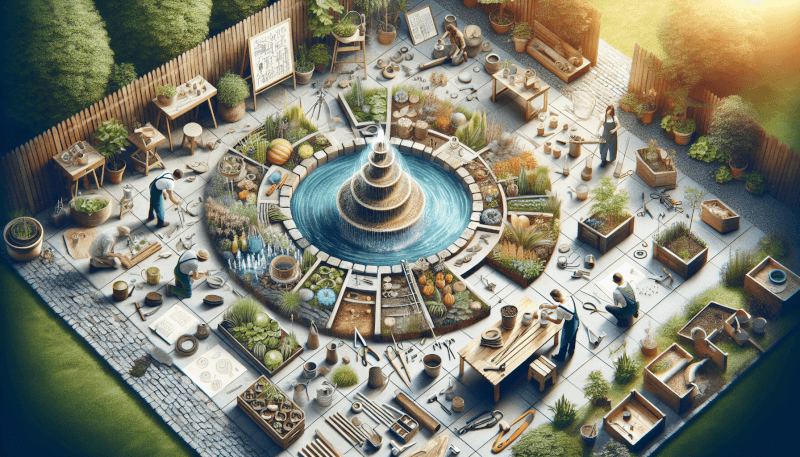Imagine transforming your garden into a tranquil oasis with the soothing sounds of running water. In this article, we will show you step-by-step how to create your own DIY water feature, allowing you to bring a touch of serenity and beauty to your outdoor space. Whether you have a sprawling backyard or a small balcony, this guide will provide you with all the necessary instructions and tips to successfully design and construct a stunning water feature that will surely become the centerpiece of your garden. So, grab your tools and let’s get started on this exciting project that will both impress your guests and provide you with a peaceful retreat right in your own backyard.
Choosing the Right Location
When it comes to creating a DIY water feature in your garden, the first step is to assess your garden and choose the right location. Consider the overall layout and size of your garden, as well as the existing landscape features. Look for an area that is visible from different parts of the garden and can be easily accessed.
One important factor to consider is sunlight and shade. Most water features require sunlight to support aquatic plants and prevent excessive algae growth. Look for a location that receives at least 6 hours of direct sunlight each day. However, if you live in a hot climate, you may also want to consider some areas of shade to prevent the water from evaporating too quickly.
Access to water and power is another critical consideration. You will need a water source nearby for filling and maintaining the water feature. Additionally, if you plan on incorporating a pump or any other electrical components, you will need access to power. Make sure to choose a location where you can conveniently connect your water feature to a hose and a power source.
Before finalizing the location, it’s important to check local regulations and codes. Some neighborhoods or homeowners’ associations may have guidelines or restrictions on the installation of water features. It’s essential to comply with any regulations to avoid any potential issues or fines.
Determining the Type of Water Feature
Once you have chosen the location, it’s time to determine the type of water feature you want to create. There are various options to choose from, depending on your personal preference and the available space in your garden.
Fountain: A fountain is a popular choice for smaller gardens and patio areas. It typically consists of a central spout surrounded by a basin or decorative elements.
Pond: If you have a larger garden with ample space, a pond can be a stunning addition. Ponds provide a natural habitat for plants and fish, creating a peaceful and serene atmosphere.
Waterfall: Adding a waterfall to your water feature can create a visually captivating effect. The falling water adds movement and sound, enhancing the overall aesthetic appeal.
Stream: A stream can be an excellent option if you have a sloped garden. It creates a meandering flow of water, giving your garden a natural and tranquil feel.
Wall-mounted: For those with limited space, a wall-mounted water feature can be an excellent choice. It attaches to a wall or fence, creating a beautiful focal point while saving space.
Container: If you want a smaller, portable option, a container water feature is the way to go. It can be made with any waterproof container and can easily be moved around your garden.
Consider your garden’s size, your budget, and the desired aesthetic when choosing the type of water feature. Each option has its unique requirements and considerations, so take the time to research and explore the possibilities.

Gathering Necessary Tools and Materials
Before you start building your DIY water feature, it’s important to gather all the necessary tools and materials. Having everything prepared in advance will make the process much smoother.
Pump: A water pump is vital for circulating and maintaining the water in your feature. Make sure to choose a pump that is suitable for the size of your water feature.
Tubing: Tubing is used to connect the pump to the water feature and allows water to flow through. Select tubing that is durable and resistant to kinks or leaks.
Container/Basin: If you are creating a container water feature or using a wall-mounted design, you will need a suitable container or basin to hold the water. Ensure it is watertight and compatible with your chosen design.
Liner: For pond or stream water features, a liner is necessary to prevent water from seeping into the ground. Choose a high-quality liner that is durable and resistant to punctures.
Decorative Elements: Consider incorporating decorative elements such as stones, sculptures, or water plants to enhance the visual appeal of your water feature.
Rocks/Gravel: Rocks and gravel can be used to create a natural-looking bed for your water feature. Choose a variety of sizes and colors to achieve the desired aesthetic.
Plants: If you plan on incorporating aquatic plants, make sure to select suitable species that thrive in your local climate and are compatible with your chosen water feature.
Hose and Connectors: Depending on your water source, you may need a hose and necessary connectors to connect it to your water feature.
By gathering all these tools and materials in advance, you will be well-prepared to start building your water feature and avoid any unnecessary delays or trips to the store.
Designing Your Water Feature
Designing your water feature is an exciting step in the process. Take the time to consider various aspects to ensure your water feature fits seamlessly into your garden and meets your aesthetic preferences.
Start by determining the size and shape of your water feature. Consider the available space in your garden and choose dimensions that complement the overall landscape. Keep in mind any existing structures or plants that you want to incorporate or work around.
Sketching the layout can help visualize how your water feature will look in your garden. Use pen and paper or even digital design tools to experiment with different designs and placements. This will also give you a clear plan to follow during the installation process.
When designing your water feature, it’s important to incorporate existing landscape elements. Consider how the water feature will interact with nearby plants, trees, or structures. Aim for a cohesive and harmonious design that complements the beauty of your garden.
Safety should also be a priority when designing your water feature. Ensure that the depth and layout of the feature are safe for children and pets. If necessary, incorporate safety measures such as fences or covers to prevent accidents.
By putting careful thought into the design of your water feature, you can create a visually stunning and well-integrated addition to your garden.
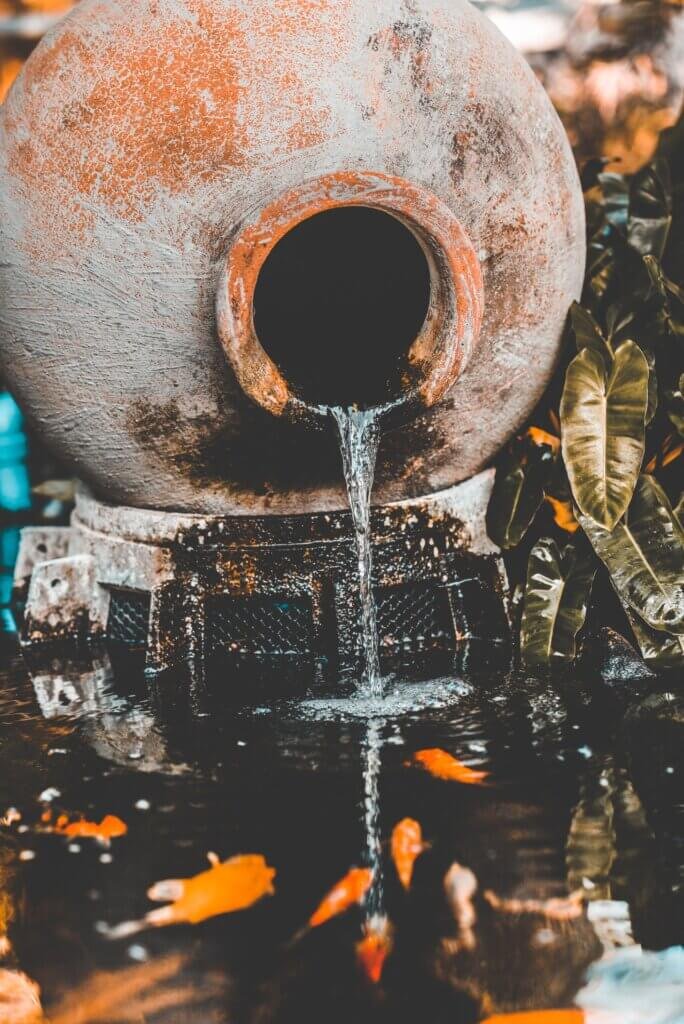
Installing the Water Feature
Now that you have your design finalized, it’s time to start installing your DIY water feature. Follow these steps to ensure a successful installation:
Prepare the site by clearing away any debris, plants, or obstacles that may hinder the installation process.
Dig the hole or excavate the area where your water feature will be placed. Follow the dimensions and shape determined during the design phase.
Create a level base by removing any excess soil and ensuring the base of the hole is flat and even. This will provide a stable foundation for your water feature.
Add the liner to prevent water from seeping into the ground. Ensure that the liner extends up the sides of the hole, providing a watertight barrier.
Place the container or basin in the hole, ensuring it is level and secure. This will serve as the main structure of your water feature.
Install the pump and tubing according to the manufacturer’s instructions. Connect the tubing to the pump and position it inside the container or basin.
Arrange rocks and gravel around the container or basin to create a natural-looking bed for your water feature. Be creative with the placement and choose different sizes and shapes to add visual interest.
Add water to the container or basin, filling it to the desired level. Test the pump to ensure proper water circulation and adjust the flow rate if necessary.
Once everything is in place and functioning properly, take a step back and admire your newly installed water feature.
Adding Decorative Elements
To enhance the visual appeal of your water feature, consider adding various decorative elements. These elements can enhance the overall ambiance of your garden and create a more personalized touch.
Choose and place sculptures or statues that complement the design of your water feature. These can be placed near the water or within the surrounding landscape. Ensure they are securely positioned to withstand weather conditions and prevent any accidents.
Incorporating lighting effects can create a magical ambiance in your garden, especially at night. Use waterproof and energy-efficient lights to highlight different aspects of your water feature. Consider placing lights underwater to illuminate the aquatic plants or install spotlights to showcase the cascading water.
Include water plants and fish to add life and vibrancy to your water feature. Select aquatic plants that are suitable for the size and depth of your feature. Water lilies, lotus, and floating plants like water hyacinths can be excellent choices. Introduce fish that complement the ecosystem of your water feature, such as koi or goldfish.
Floating decorations such as small rafts, candles, or lanterns can add a touch of elegance to your water feature. Experiment with different options and choose decorations that suit your personal style and the overall theme of your garden.
By incorporating these decorative elements, you can transform your water feature into a visually stunning focal point in your garden.
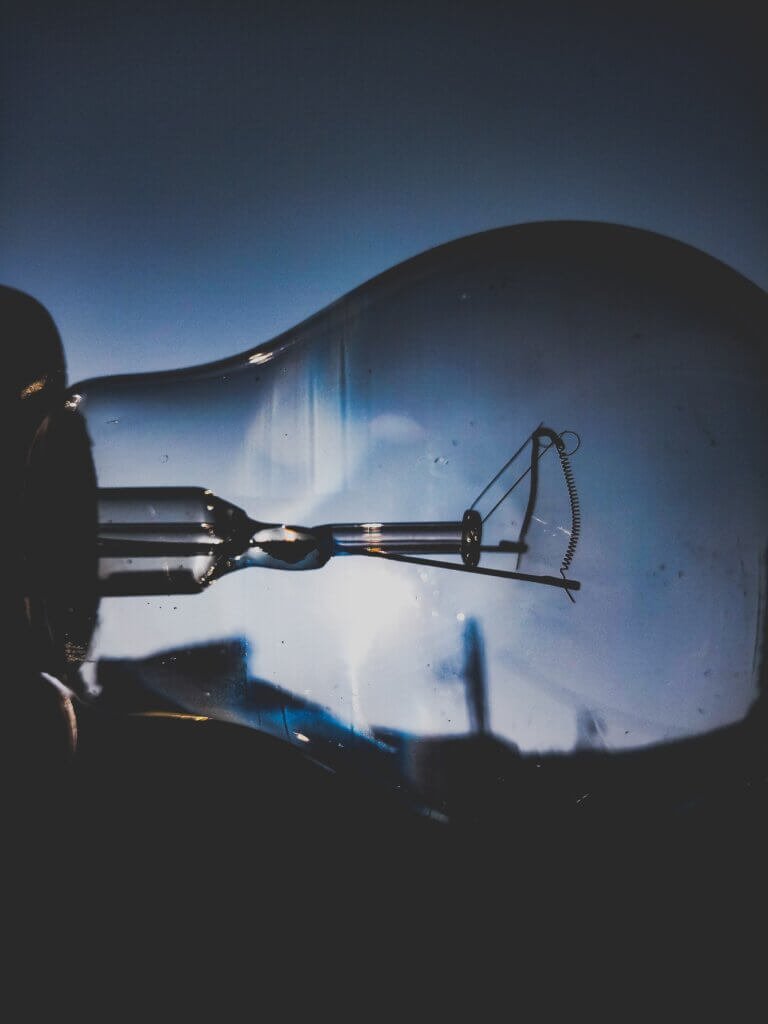
Maintaining Your Water Feature
Once your DIY water feature is in place, it requires regular maintenance to keep it functioning correctly and looking its best. Follow these maintenance tips to ensure the longevity and beauty of your water feature:
Cleaning the water regularly is essential to remove any dirt, debris, or algae that may accumulate over time. Use a net or fine mesh skimmer to skim the surface and remove floating debris.
If algae growth becomes excessive, consider adding an algaecide or using beneficial bacteria to maintain a healthy balance. Follow the manufacturer’s instructions and avoid using harsh chemicals that could harm your plants or fish.
Trim plants regularly to maintain their shape and prevent them from overtaking the water feature. Remove any dead or decaying foliage to maintain a clean and attractive appearance.
Check and maintain the pump regularly to ensure proper functioning. Clean the pump and remove any debris that may obstruct its operation. Replace any worn-out parts or filters as needed.
Monitor and adjust the water level as necessary. Keep an eye on the evaporation rate and refill the water feature when needed to maintain the desired level.
Regular maintenance will ensure that your water feature remains a beautiful and captivating addition to your garden for years to come.
Enhancing the Water Feature with Plants
Incorporating plants into your water feature can enhance its beauty and create a more natural look. Consider the following options when selecting and arranging plants for your water feature:
Select aquatic plants that are well-suited for water environments. These plants have adapted to thrive in water and add a unique touch to your feature. Examples include water irises, water milfoil, or cattails.
Choose marginal plants that grow at the edges of your water feature. These plants provide a transition between the water and the surrounding landscape. Good choices include rushes, sedges, or water forget-me-not.
Opt for water lilies, which are not only beautiful but also provide shade and protection for fish and other aquatic life. Select different varieties with various flower colors to add visual interest.
Consider incorporating floating plants like water hyacinths or water lettuce. These plants float freely on the surface, providing shade and contributing to a balanced ecosystem in your water feature.
When planting and arranging the vegetation, ensure that each plant has adequate space to grow and thrive. Use planting baskets or pots for submerged or marginal plants to contain their roots and prevent them from spreading excessively.
By selecting and arranging plants thoughtfully, you can create a lush and vibrant water feature that harmonizes with the surrounding landscape.
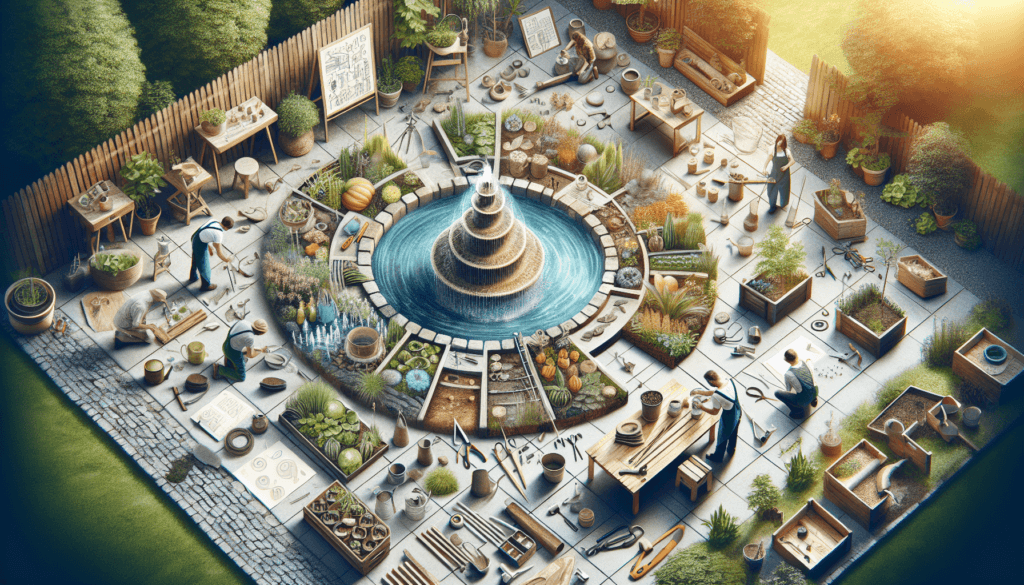
Creating a DIY Water Feature on a Budget
Creating a DIY water feature doesn’t have to break the bank. With some creativity and resourcefulness, you can achieve a stunning water feature without exceeding your budget. Consider the following tips for creating a budget-friendly water feature:
Repurpose materials that you already have. Look around your home or garden for containers, basins, or other items that can be transformed into water features. Upcycle items such as old barrels, buckets, or even repurposed sinks.
Use recycled or salvaged elements. Visit thrift stores, salvage yards, or online marketplaces to find suitable containers, rocks, or other decorative elements. These can often be found at a fraction of the cost compared to buying new.
Seek deals and discounts. Keep an eye out for sales or discounted items at local garden centers or home improvement stores. Look for clearance sections or seasonal discounts that can help you save money on necessary materials.
Consider DIY water feature kits. These kits come with all the essential components and detailed instructions, making the installation process much more accessible for beginners. Kits are often more cost-effective than buying individual components separately.
Choose low-maintenance options. Certain water features, such as container water features or smaller fountains, require less maintenance and may have lower upfront costs. Consider these options if you have limited time or want to keep costs down.
By implementing these budget-friendly strategies, you can enjoy the therapeutic and aesthetic benefits of a water feature without straining your finances.
Troubleshooting Common Issues
Despite your best efforts, water features may encounter some issues that require troubleshooting. Here are some common problems you may encounter and how to address them:
Water leaks and seepage: Check the liner and ensure there are no holes or punctures. Patch any damaged areas or consider replacing the liner altogether if needed.
Pump malfunctions: If the pump is not working correctly, check for clogged filters or vents. Clean or replace these components if necessary. If the pump is completely non-functional, consider consulting a professional or replacing it.
Excessive algae growth: Algae can be managed by maintaining proper water chemistry and adding beneficial bacteria or algaecides. Ensure the water is adequately oxygenated and avoid overfeeding fish.
Clogged or damaged tubing: Inspect the tubing for any clogs or damage that may restrict water flow. Clear any blockages or replace the tubing if needed.
Poor water circulation: If the water is not circulating properly, check that the pump is functioning optimally and the tubing is properly connected. Adjust the flow rate if necessary.
By addressing these common issues promptly, you can maintain the functionality and aesthetics of your water feature.
In conclusion, creating a DIY water feature in your garden is an exciting project that can enhance the beauty and tranquility of your outdoor space. By carefully selecting the right location, determining the type of water feature, gathering the necessary tools and materials, and designing and installing the feature thoughtfully, you can create a stunning addition to your garden. Remember to prioritize maintenance, enhance the feature with decorative elements and plants, consider budget-friendly options, and troubleshoot any issues that may arise. Enjoy the soothing sounds and visual beauty of your DIY water feature as it transforms your garden into a peaceful oasis.
